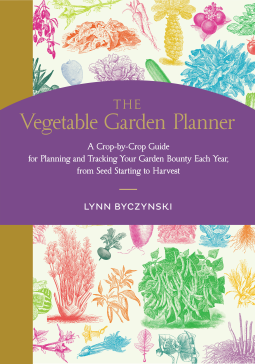Book Review: The Vegetable Garden Planner: A Crop-by-Crop Guide for Planning and Tracking Your Garden Bounty Each Year, from Seed Starting to Harvest by Lynn Byczynski
Early Book Review: Growing an Edible Landscape: How to Transform Your Outdoor Space into a Food Garden by Gary Pilarchik; Chiara D'Amore
Growing an Edible Landscape: How to Transform Your Outdoor Space into a Food Garden by Gary Pilarchik; Chiara D'Amore is currently scheduled for release on November 28 2023. Out with the lawn and in with the food! That’s the battle cry of millions of modern gardeners who are not only looking to reduce the amount of time and energy they have to spend tending a lawn, but they’re also looking to improve the lives of their family, friends, and neighbors by supplying them with fresh, homegrown food. Converting unused areas of the landscape into food gardens helps mitigate the effects of climate change, reduces food miles, improves food security, and allows us to be a better steward of our little slice of the planet. But how do you get started? Which plants do you choose? Is there a series of best practices to follow to successfully convert your yard into an edible oasis so that it’s not just high-yielding, but it’s also attractive? Growing an Edible Landscape is here to help answer all of these questions and many more.



